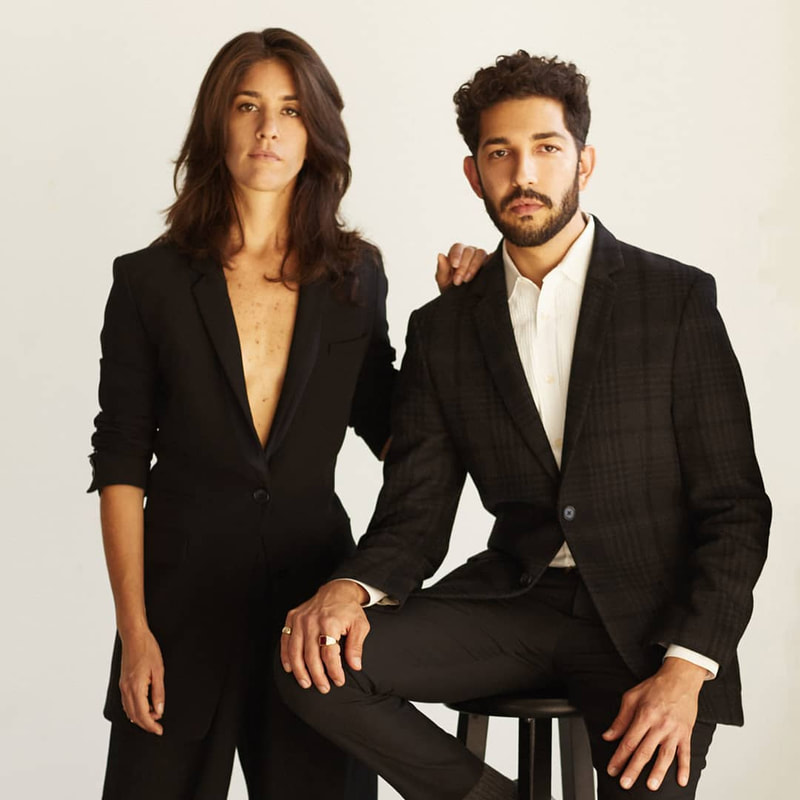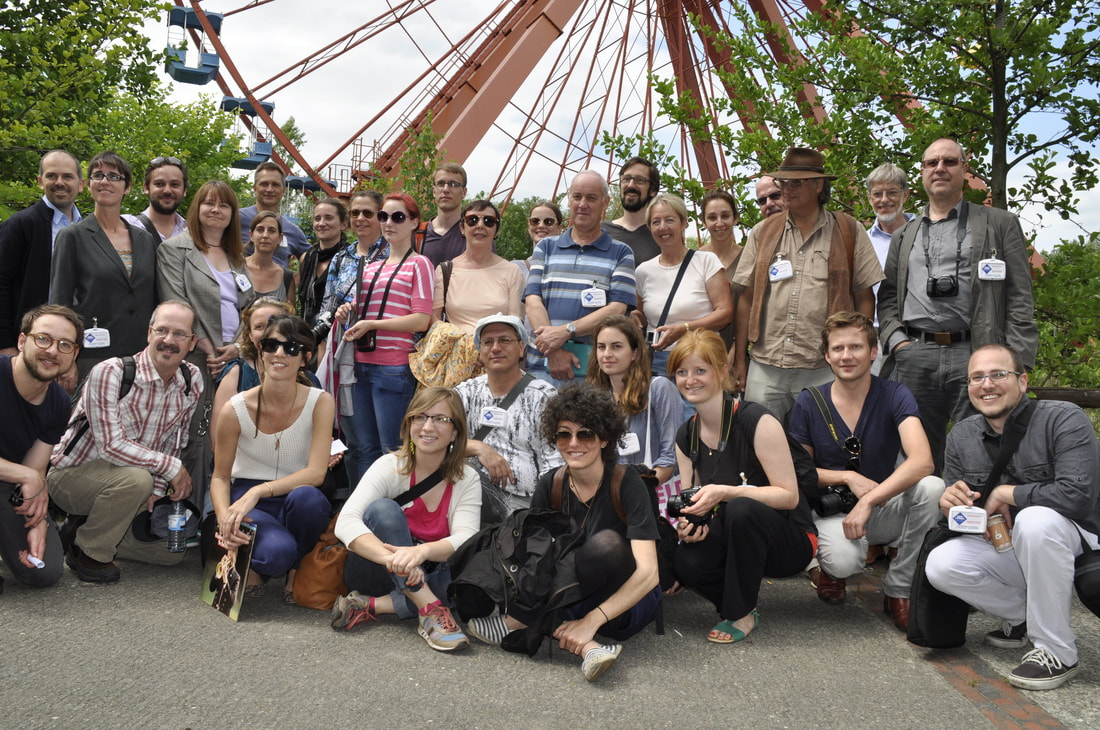Agustina ran the Kulturpark radio station during our Kulturpark project at the Spreepark, the abandoned theme park in Berlin's east. The newly developed master plan for the park envisions the first culture park in Europe––a vision we initially developed. She has been continuing to broadcast worldwide via her radioee.net.
Download the 2019 Whitney Biennial Press Release.


 RSS Feed
RSS Feed